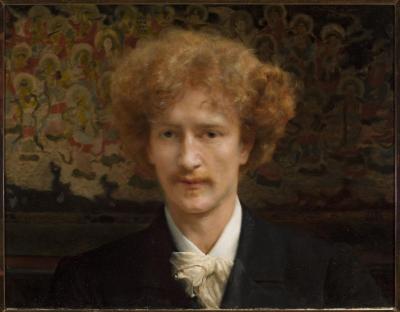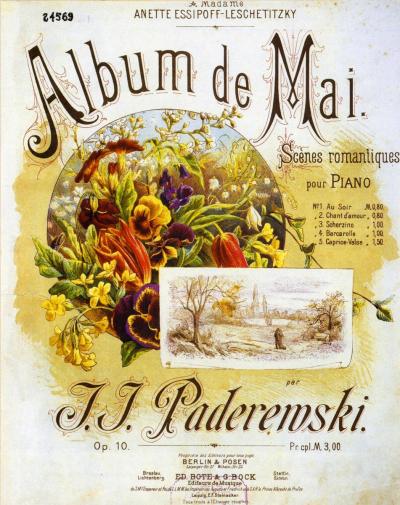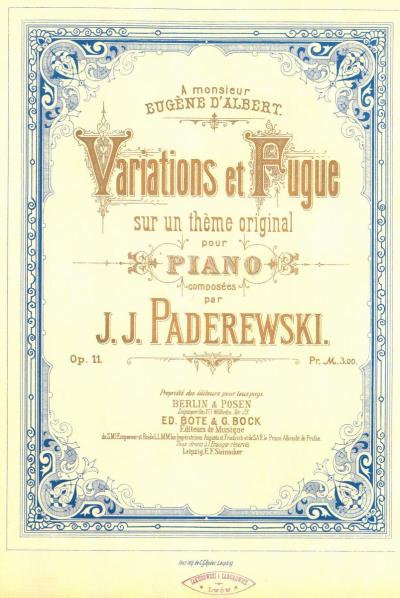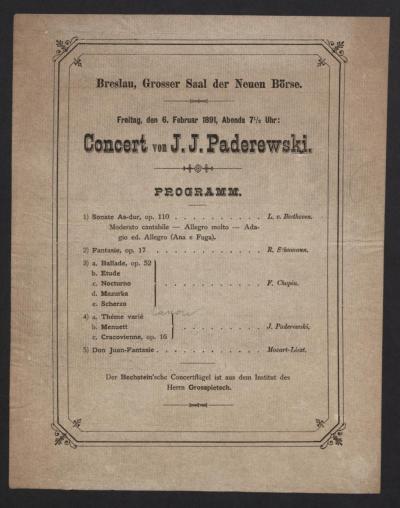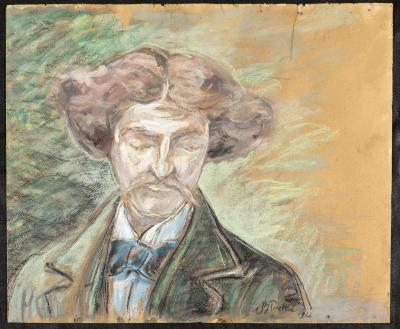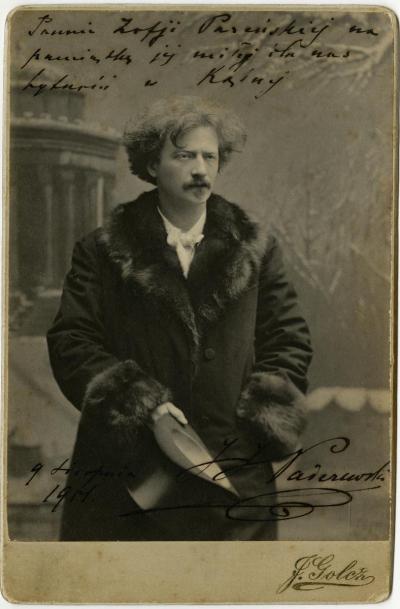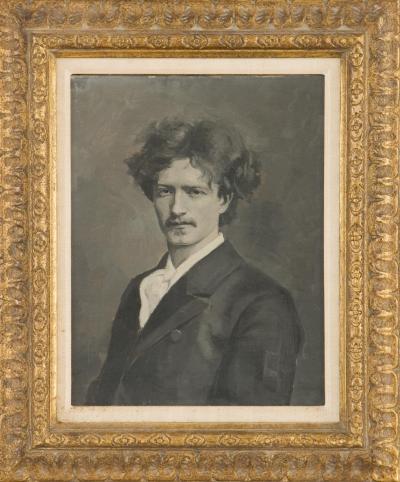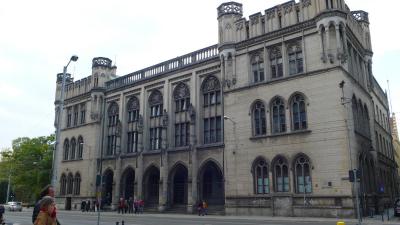Paderewski in Breslau
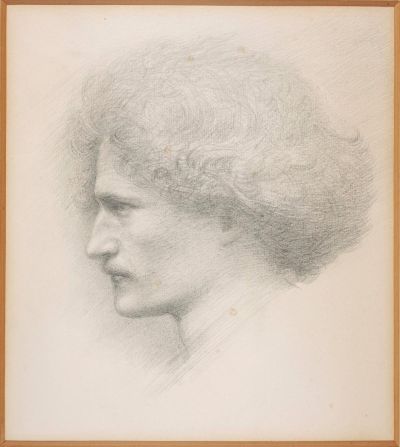
It should be noted here that Paderewski possessed an exceptionally charismatic personality. He also had the rare talent of giving his recitals a unique aura, so that his audience was enchanted by his magical playing. Tadeusz Szeligowski explained it thus: “Paderewski does not just play for pianists, not for musicians – he simply plays for people. He hits every nerve in their being and every corner of their souls. His interpretations seem to be the only ones possible in the moment. The compositions played by Paderewski are nothing more than an opportunity for this magnificent artist to manifest his magical powers.”[23]
The artist also benefited from his looks, for he left behind a suggestive impression in the minds of his listeners. People were also deeply moved by the maestro’s grace, his erudition and his extremely cultivated manner. All these qualities were to make him the idol of the masses in Europe and America shortly after his debut recital in Paris.
Paderewski celebrated an unbroken range of successes between 1891 and 1901. His appearances in the United States were met with huge enthusiasm from his audiences. As already mentioned, Paderewski was an unusual social phenomenon. Here we should recall that he was the first pianist in the world to undertake so many tours. This explains why he had such a large circle of admirers. With the exception of Asia he played recitals in every continent. His repertoire primarily consisted of romantic works, mainly by Chopin and Liszt, as well as his own compositions. He opened almost every recital with one of Beethoven’s sonatas, mostly the Sonata in F minor (the so-called Appassionata) or the Moonlight Sonata in C sharp minor.
Paderewski also enjoyed a reputation as a composer before his star as a virtuoso pianist began to rise ever higher. Apart from his minuet in G Sharp he also composed works like the “May album” (Album Majowe) op. 10, the movement cycle entitled “Tatra Album” (Album Tatrzańskie) op. 12, based on transcribed melodies of the Goral people, as well as songs written to poems by Adam Mickiewicz and Adam Asnyk. He regarded his “Variations and Fuge on an Original Theme” (Wariacja i fuga na temat własny) op. 11. as his best composition.
[23] W. Dulęba, Z. Sokołowska, op. cit., p. 6.
